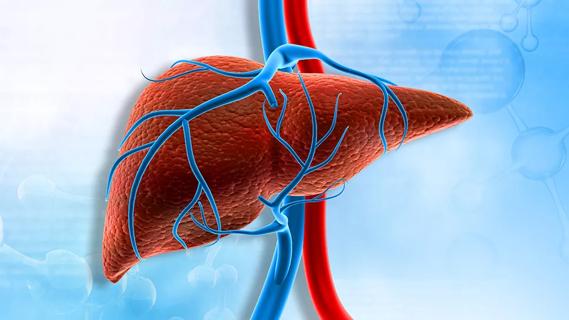New study looks at national survival trends and risk factors

Morbidity and mortality associated with pediatric arrest remain high, with an estimated 19,900 cases in the U.S. each year. A team of pediatric intensivists from across the country set out to better understand clinical characteristics of survivors and non-survivors of in-hospital cardiac arrest (IHCA).
Advertisement
Cleveland Clinic is a non-profit academic medical center. Advertising on our site helps support our mission. We do not endorse non-Cleveland Clinic products or services. Policy
Mohammed Hamzah, MD, a pediatric critical care physician at Cleveland Clinic Children’s and first author of the study, says their goal was to evaluate the outcomes of cardiac arrest in children over the last two decades.
The team utilized the National Inpatient Sample (NIS) database to access deidentified patient data from more than 20,000 children who experienced IHCA to evaluate national survival rates and correlated these data with patient-specific outcomes and hospital characteristics.
Findings showed that the national survival to discharge rate after a pediatric IHCA was 39.8%. This follows a steady trend of improved survival throughout the years of the study (2000-2017).
There was also an increase in the number of hospitals applying the ECMO-CPR and post-resuscitation bundle care (e.g., multidisciplinary care) [2-5]. The study showed that the use of rescue extracorporeal cardiopulmonary resuscitation in refractory cardiac arrest has increased three-fold during the study period.
Lastly, there is a national trend of implementing enhanced critical care staffing, with the majority of intensive care units opting for 24/7 onsite, in-hospital, pediatric critical care attending physician.
In a multivariable regression analysis model, the team identified the factors that help improve survival following an IHCA, including admission to a teaching hospital, elective admissions, and admission on a weekday.
The authors write that improved survival can be attributed to the implementation of early warning systems on pediatric floors, which often leads to early transfer of hemodynamically unstable patients to intensive care units and, thus, a decrease in IHCA frequency outside of the intensive care unit.
Advertisement
Dr. Hamzah says that survival improvements reflect two decades of effort from entities like the American Heart Association (AHA). In 2010, the AHA set an Impact Goal to increase IHCA survival by two-fold by 2020. They also established a registry, “Get with Guidelines Resuscitation (GWTG-R)” to emphasize the importance of earlier recognition and management of at-risk patients, with an emphasis on quality of resuscitation (e.g., high-quality chest compressions with minimal interruptions).
Dr. Hamzah says the main strengths of this study include its sample size, time span and national representation. The authors are hopeful that it can guide future studies designed to improve outcomes in pediatric cardiac arrest.
References
1. Hamzah, M., Othman, H. F., Almasri, M., Al-Subu, A., & Lutfi, R. (2021). Survival outcomes of in-hospital cardiac arrest in pediatric patients in the USA. European Journal of Pediatrics, 180(8), 2513–2520.
2. Barbaro RP, Paden ML, Guner YS, Raman L, Ryerson LM,Alexander P, Nasr VG, Bembea MM, Rycus PT, ThiagarajanRR, ELSO member centers (2017) Pediatric Extracorporeal LifeSupport Organization Registry International Report 2016. ASAIOJ63:456–463.
3. Nishisaki A, Pines JM, Lin R, Helfaer MA, Berg RA, Tenhave T,Nadkarni VM (2012) The impact of 24-hr, in-hospital pediatriccritical care attending physician presence on process of care andpatient outcomes*. Crit Care Med 40(7):2190–2195.https://doi.org/10.1097/CCM.0b013e31824e1cda
4. Alten JA, Klugman D, Raymond TT, Cooper DS, Donohue JE,Zhang W, Pasquali SK, Gaies MG (2017) Epidemiology and out-comes of cardiac arrest in pediatric cardiac ICUs*. Pediatr Crit CareMed 18:935 943.
Advertisement
Advertisement

Systemic change needed to improve health outcomes for parents and children, say researchers

Rare genetic variant protected siblings against seizures and severe hypoglycemia

Movie has more positive impact than expected, says Head of Adolescent Medicine

Genetic changes are similar between some vascular anomalies and cancers

Expert panel advises a two-tier structure for surgical centers

Our new head of pediatric general and thoracic surgery shares his passion and vision

Basic understanding of condition and treatment is lacking